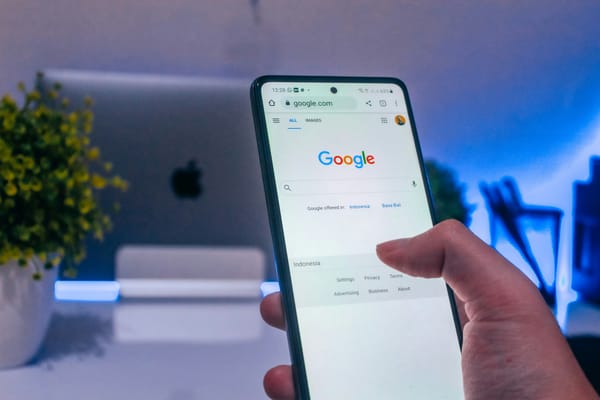The secret history of encrypted DMs on Twitter
They almost launched in 2018 — and could still do a lot of good today

Last we broke the news that Twitter is developing encrypted direct messages as one of Elon Musk’s top five product priorities. Today The Verge’s Alex Heath reported that Musk shared further details on his plans on Monday in a meeting with employees, saying that he had asked Signal creator Moxie Marlinspike for help and planned to eventually offer encrypted voice and video calling as well.
“We want to enable users to be able to communicate without being concerned about their privacy, [or] without being concerned about a data breach at Twitter causing all of their DMs to hit the web, or think that maybe someone at Twitter could be spying on their DMs,” Musk said, according to the report.
As Heath notes, Twitter has considered developing encrypted DMs before. Today let’s talk about how that project came about, how it was derailed, and what Twitter’s project could mean for a fraught moment in the debates over encryption’s future.
In 2016, Twitter was near its nadir as a product organization. Under then-CEO Jack Dorsey, a succession of product leaders had mostly failed to ship meaningful improvements to the product. A handful of times in the past, someone had started to build encrypted DMs as part of hack week exercises, according to an August 2020 summary of past efforts obtained by Platformer titled “What happened to Encrypted DMs?”
Then, at the end of 2016, the project suddenly gained new life — thanks to a tweet from famed National Security Agency whistleblower Edward Snowden.
One more ask, @jack: how about secret, burn-after-reading DMs? Even if E2E encryption won't work by default in all clients, give us a start!
— Edward Snowden (@Snowden) 6:14 PM ∙ Dec 13, 2016
“Reasonable and something we’ll think about,” Dorsey responded.
And, in fact, Twitter did. That February, the company’s engineering and information security teams submitted a joint proposal to encrypt DMs, and formed a working group. Two months later, another hack week project showcased how the project might work, and it was “very well received,” according to the history.






